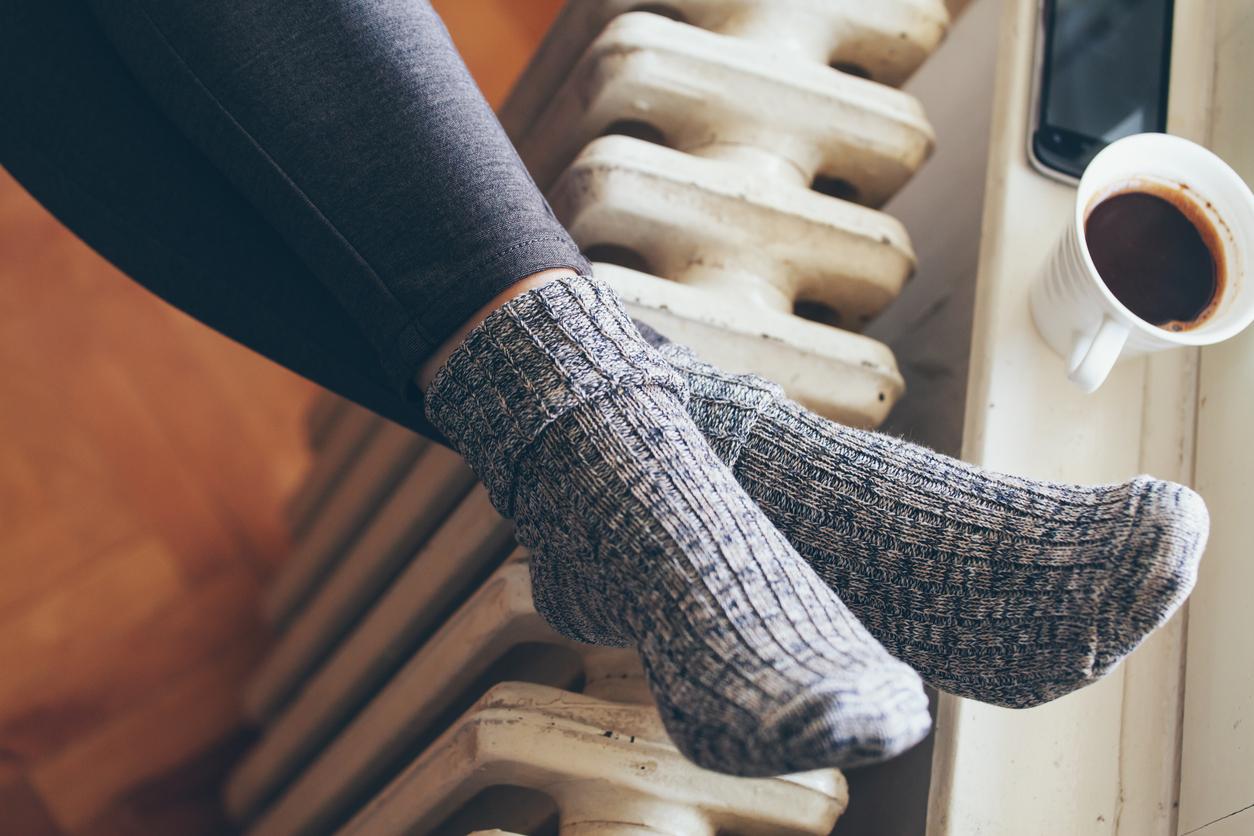One third of couples argue over the heating as study reveals women feel the cold more than men
Turns out, oestrogen and metabolism are to blame

Your support helps us to tell the story
From reproductive rights to climate change to Big Tech, The Independent is on the ground when the story is developing. Whether it's investigating the financials of Elon Musk's pro-Trump PAC or producing our latest documentary, 'The A Word', which shines a light on the American women fighting for reproductive rights, we know how important it is to parse out the facts from the messaging.
At such a critical moment in US history, we need reporters on the ground. Your donation allows us to keep sending journalists to speak to both sides of the story.
The Independent is trusted by Americans across the entire political spectrum. And unlike many other quality news outlets, we choose not to lock Americans out of our reporting and analysis with paywalls. We believe quality journalism should be available to everyone, paid for by those who can afford it.
Your support makes all the difference.New research has revealed that the annual battle for control of the thermostat is an issue one third of couples argue about.
As temperatures across the country drop, the heating switches are being flicked on but it’s still an area of contention for most British households, as a study sponsored by Corgi Homeplan - a company that installs and maintains boilers and thermostats - revealed four in 10 women covertly crank the temperature up behind their partner’s back.
Arguably biased, there is scientific evidence to back up these findings. In 2015, a study by Dutch scientists found that women are comfortable between 24-25°C, a temperature 2.5°C warmer than men.
Likewise, while men and women’s core body temperatures are roughly the same, at over 37°C, our perception of temperature depends more on the skin, which for women, tends to be lower.
In fact, one study reported that the average temperature of women’s hands when exposed to cold was nearly 3°C degrees lower than that for men.
Even the female hormone oestrogen is a contributing factor. By slightly thickening the blood, it reduces the flow to capillaries in areas of the body like the fingers and toes, meaning they shut off more readily when it’s cold.
Research has also shown that women tend to feel colder when they are ovulating and oestrogen levels are higher than usual.
Interestingly, the body’s metabolism also plays a key role as women have a lower metabolic rate than men.
This is because higher muscle mass translates to higher resting metabolism and since this is more common in men, their blood flow is higher which makes their body warmer.
Join our commenting forum
Join thought-provoking conversations, follow other Independent readers and see their replies
Comments